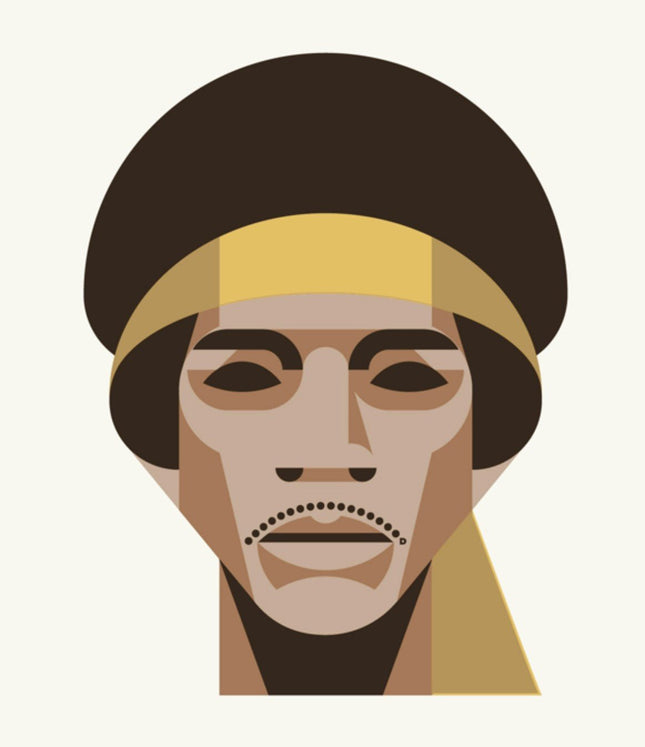
African American Representation in Street Pop Art & Graffiti Artwork
African American culture has had a profound influence on Street Pop Art & Graffiti Artwork, shaping visual narratives that reflect history, identity, and resistance. Artists use murals, installations, prints, and multimedia works to highlight the struggles, triumphs, and contributions of African Americans within urban and contemporary artistic movements. The representation of African American figures, symbols, and themes within these genres speaks to the deep connection between visual storytelling and cultural expression. Through bold colors, striking imagery, and layered symbolism, artists create works that explore themes of empowerment, social justice, and personal identity. Whether depicting historical figures, musical icons, or everyday people from urban communities, the portrayal of African American experiences in art serves as both a celebration and a critique of societal structures. The presence of political messages, poetic text, and cultural references adds depth to these works, ensuring that they resonate with diverse audiences while maintaining a sense of authenticity.
The Influence of African American Culture on Street Pop Art & Graffiti Artwork
African American culture has been a driving force behind many visual and stylistic elements found in Street Pop Art & Graffiti Artwork. The influence of hip-hop, jazz, blues, and spoken word poetry can be seen in the way artists construct their compositions, incorporating rhythm, movement, and lyrical expression into their works. The aesthetic of streetwear, activism, and resistance movements also plays a key role in shaping the themes and subject matter found in urban contemporary art. Many artists incorporate African American historical figures and cultural icons into their works, paying homage to leaders in music, politics, civil rights, and literature. Graffiti murals often feature detailed portraits of influential figures, while pop art-inspired pieces reinterpret these images through vibrant color palettes and mixed-media techniques. The ability to blend past and present allows these artworks to serve as both historical records and contemporary statements on race, identity, and representation.
Symbolism and Identity in African American Street Art
Artists working within Street Pop Art & Graffiti Artwork frequently use symbolism to explore themes related to African American identity. The use of crowns, halos, and celestial imagery often signifies resilience and regality, while abstract forms and collage techniques convey the complexity of lived experiences. Portraits of African American subjects are often painted with exaggerated expressions, intricate patterns, and contrasting textures to emphasize emotion, history, and individuality. Many pieces include text-based elements, such as hand-lettered phrases, quotes from historical speeches, or graffiti-style typography that emphasizes themes of empowerment and resistance. The juxtaposition of urban landscapes with ancestral references, such as African masks and traditional motifs, highlights the fusion of past and present within African American artistic expression. These layers of meaning allow artists to tell stories that are both deeply personal and universally impactful, ensuring that their work resonates beyond the immediate visual experience.
The Role of African American Artists in Shaping Urban Contemporary Art
African American artists have played a crucial role in shaping the evolution of Street Pop Art & Graffiti Artwork, using their creative voices to challenge mainstream narratives and redefine cultural representation. Many artists draw inspiration from personal experiences, using their work to address issues of systemic oppression, police brutality, and social inequality while also celebrating Black excellence, creativity, and resilience. The work of these artists serves as both a form of activism and a visual archive of African American culture. Murals in cities across the world showcase the contributions of African American artists, turning public spaces into galleries that educate, inspire, and provoke thought. The ability of street art to reach broad audiences makes it an important medium for discussing race, history, and social justice in ways that traditional galleries often cannot. As the movement continues to grow, the impact of African American artists within Street Pop Art & Graffiti Artwork will remain vital, ensuring that the voices of the community are heard and remembered through bold, uncompromising visual storytelling.

